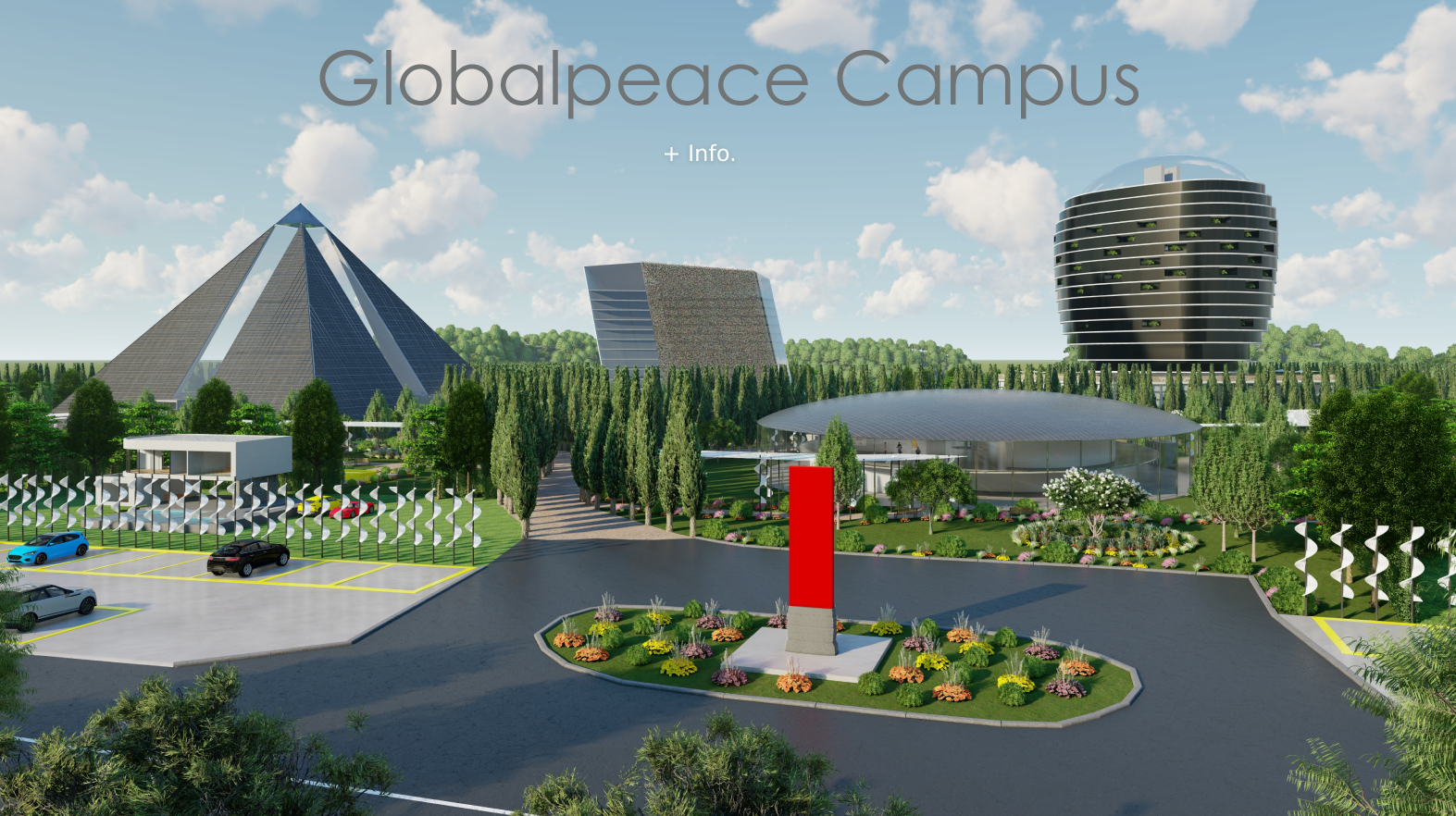I + Art evolution – Museum of evolution in art

Participation in the Evolution Museum through art donations, loans of artworks or the contribution of artworks to the museum.
Studies show that art promotes creativity and innovation Stanford University Interdisciplinary art and creativity: A Stanford study shows that interdisciplinary art programmes that integrate artistic approaches into different fields such as science and technology can raise new questions and promote innovation. These programmes encourage collaboration between artists and scientists, leading to new creative and innovative solutions.
The integration of art into other disciplines inspires not only the creativity of artists, but also
innovation in scientific and technical fields (Home Page).
United Nations (UN) UNESCO’s World Creativity and Innovation Day: UNESCO emphasises the role of the creative economy in promoting sustainable development. Creative industries such as design, new media and performing arts contribute significantly to income generation, job creation and export earnings. These industries also offer developing countries the opportunity to move into high-growth economic sectors and contribute to social cohesion and peace (UNESCO-IESALC).
The evolutionary-biological, medical, physical and art-historical research documents:
Liedtke’s holistic work innovations, which established his name in art history and in the media as a
successor to Leonardo da Vinci, Hegel, Einstein or Beuys in one person, are a novelty in history. The
neuronal transfer of knowledge that Liedtke has been demonstrating in his work since the 1970s has
been confirmed by the research findings of Eric Kandel, winner of the 2000 Nobel Prize for Medicine. In
1992, the research group led by Giacomo Rizzolatti documented Liedtke’s knowledge transfer process
in empirical studies using the newly discovered mirror neurons in the brain. The studies confirm his
work and state that when insights and knowledge are seen or thought about, they are transferred
neurally to the cogniser. If we add epigenetics to this, as Liedtke did in his work from the 1980s
onwards, unknown, revolutionary mechanisms of action become visible. These concern biological
evolution, genes, DNA, cells, humans, the media, politics and society as well as social sculpture and
are recognisably expressed in their interplay of information in various information directions of groups in
society. His revolutionary exhibition: New Renaissance i = E = MC2 in museums and the establishment
of Globalpeace Campus centres offers, for the first time in history, a global path to a positive and ethical
future for all people.
According to the results of the studies, it is essential to present first-class works of art globally with the art formula in order to promote the creative process globally. Further studies also show the unity of effect and basis of art recognition, creativity, peace and prosperity.
Museum partner
The percentage of the creativity requirement can be demanded by collectors and museum participations. A partnership agreement enables museums and collectors to exhibit their collections or individual works in the Evolution Museum of Art Innovations and, as partners of the museum, to draw international attention to their collection and to participate in the proceeds from the Evolution Museum. An app with the art formula and an Evolution Word Art Museum of Innovations opens up a new ethical meaning to the understanding of art and art and the promotion of creativity in over 100 languages and builds a bridge to the participating museums and collections and their websites. The museum is profit-orientated
according to the guidelines of Dieter Liedtke’s Ethical Capitalism.
Over 1000,000 museum visitors are expected each year who want to experience the art formula with the original works and their neuronal creative effect for themselves.
At the Evolutions Museum of Art Innovations, four of the world’s most innovative works from the visual arts, music, literature and social sculpture will be honoured at an art festival and presented to the international press.
The jury consists of museum directors, Nobel Prize winners and art critics who use a blockchain app to democratically select the winners.
E-mail enquiry
Location – Location – Location

Globalpeace Campus Web – TV Video Promoter – Life Journey
